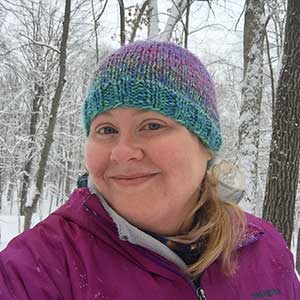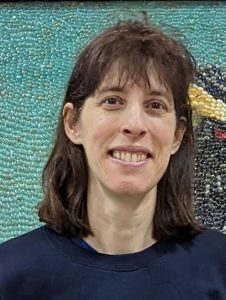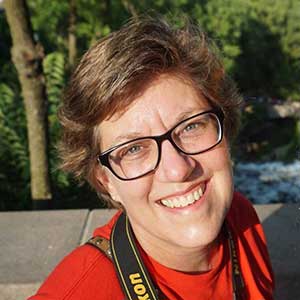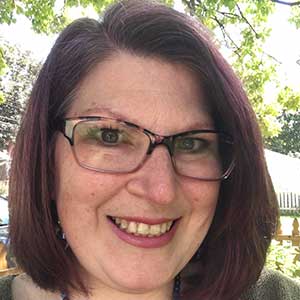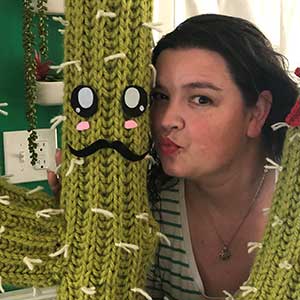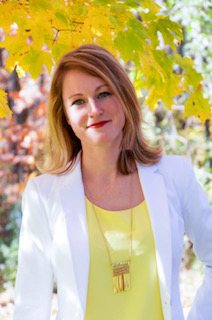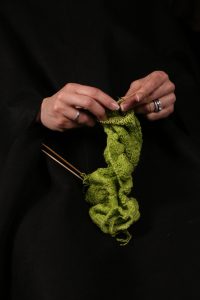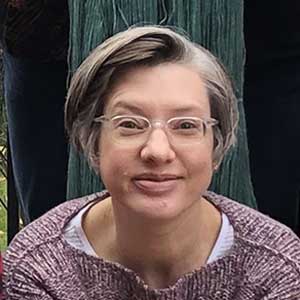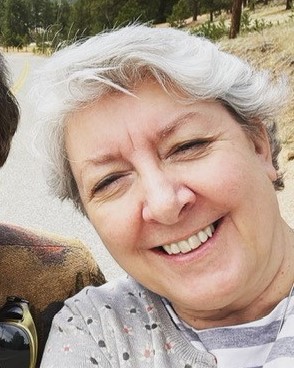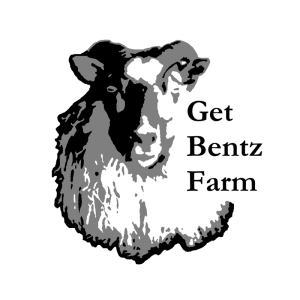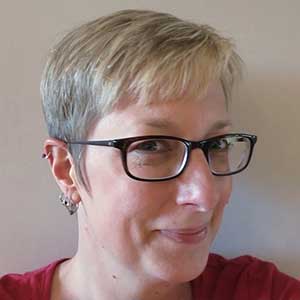Blog
April Yarn Shop of the Month – Knit & Bolt
April's Yarn Shop of the Month is Knit & Bolt in NE Minneapolis.
Yarn Store of the Month – Yarn Harbor
Our yarn store feature this month is Yarn Harbor up in Duluth, MN.
Stitch ‘n’ Pitch Tickets on sale now!
Stitch 'n' Pitch with the MN Twins is back for 2024.
How to check your membership status and renew
Is it time to renew your Minnesota Knitters' Guild membership? This post will show you how to tell if your membership is active, when it will expire, and how to renew for another year.
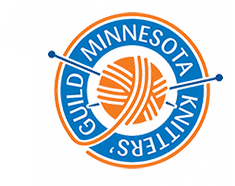

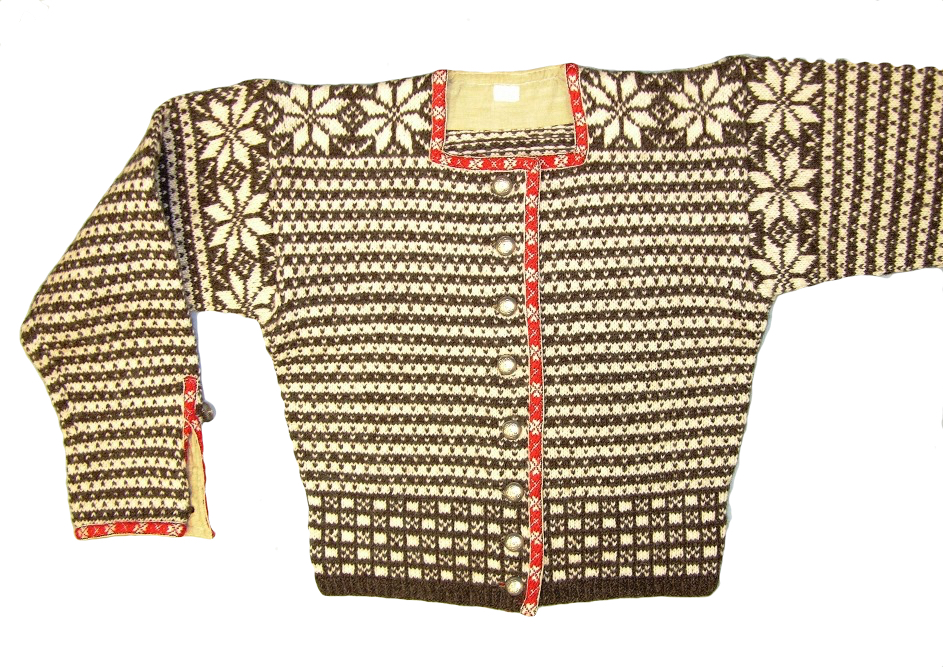
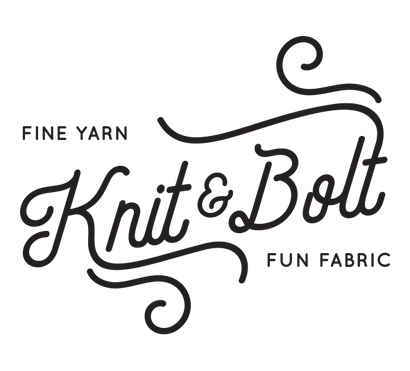
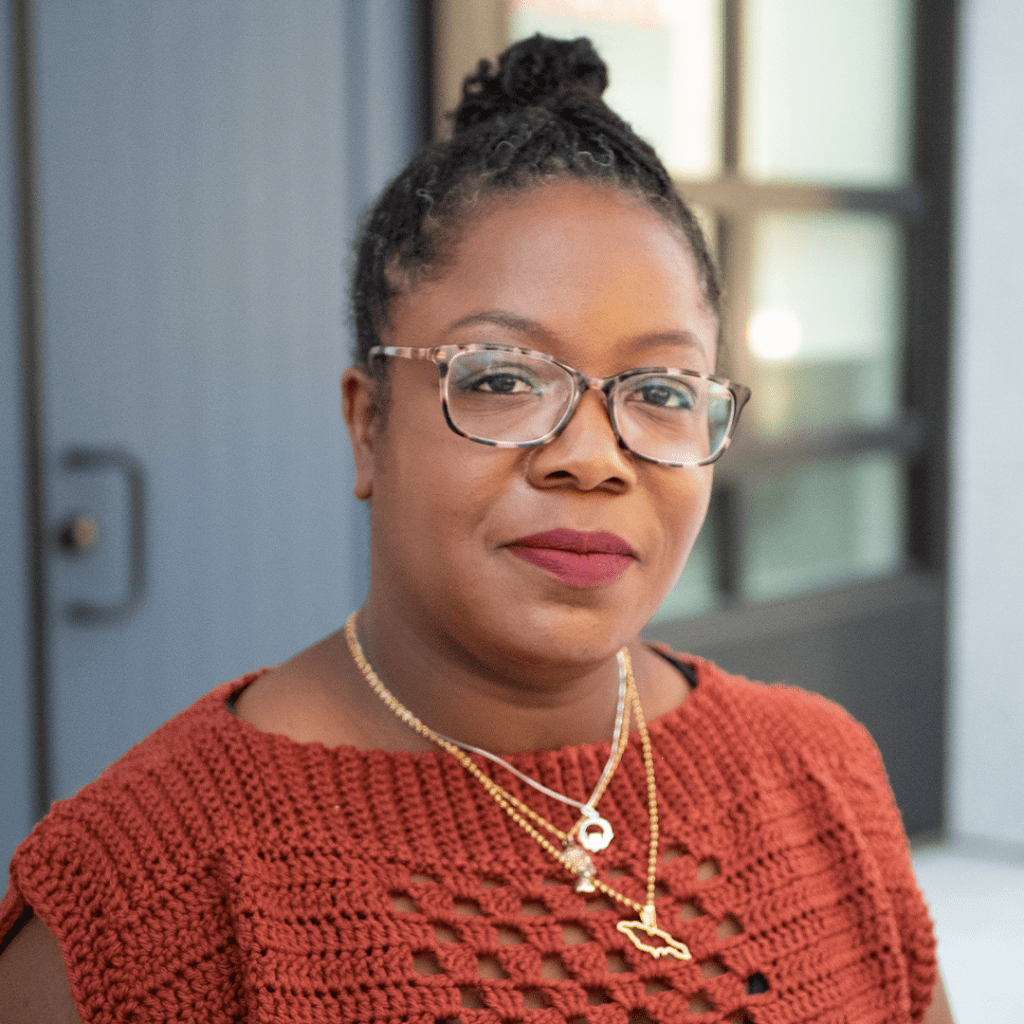
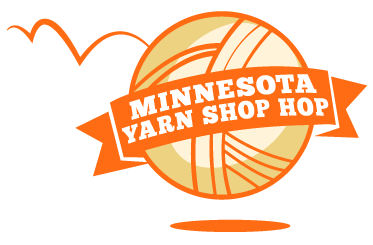
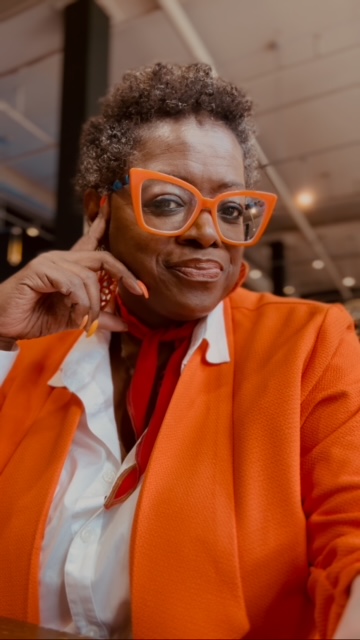
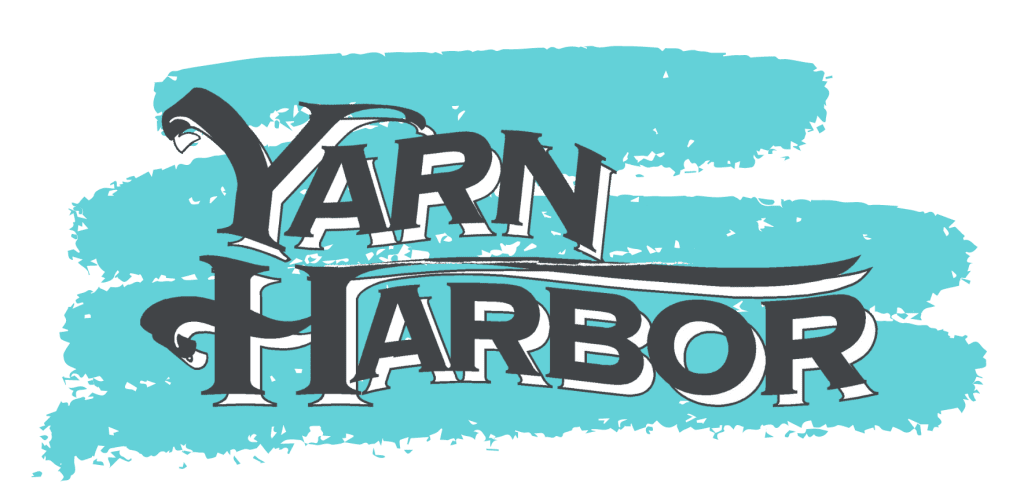
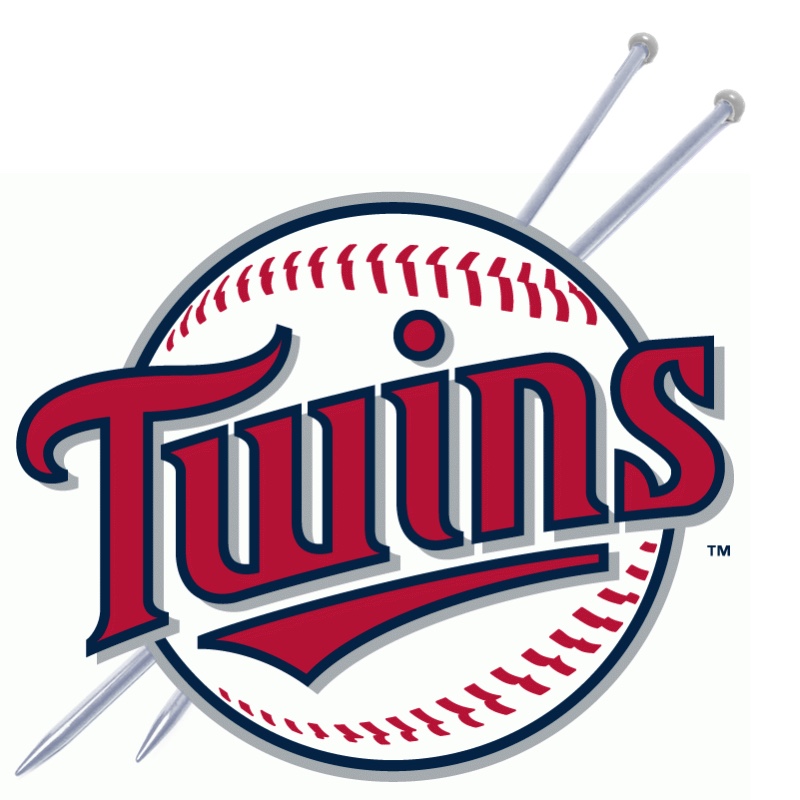
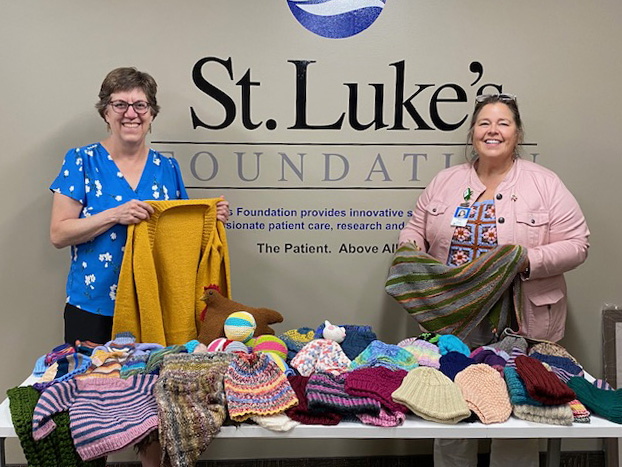
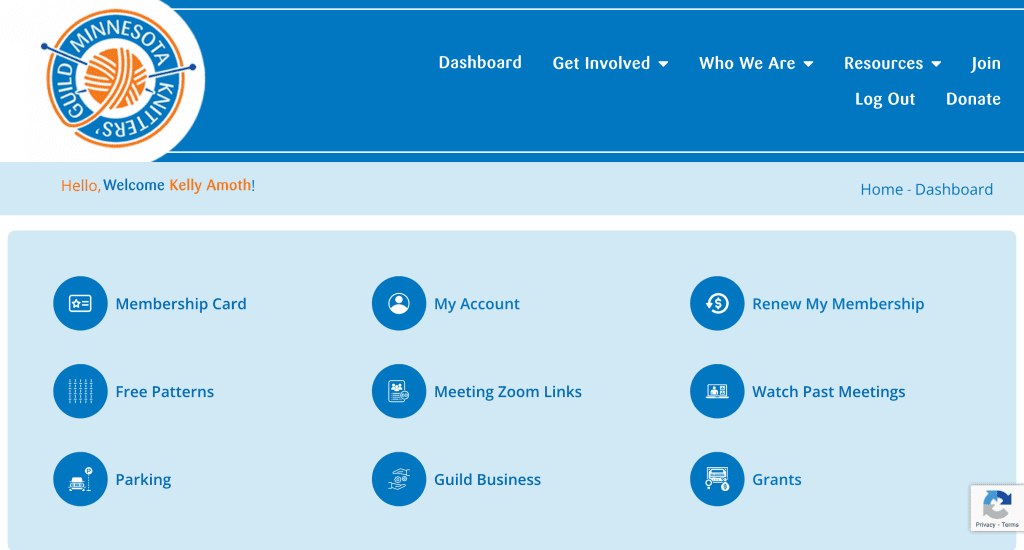
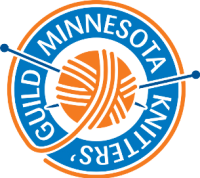
 Roxanne Richardson is a knitting communicator who lives in Minneapolis. Her YouTube channel explores a variety of knitting-related topics, including knitting history and techniques, and she writes technical knitting articles for Interweave publications. She’s a certified master hand knitter and certified knitting teacher, and she can’t wait to answer your burning knitting questions.
Roxanne Richardson is a knitting communicator who lives in Minneapolis. Her YouTube channel explores a variety of knitting-related topics, including knitting history and techniques, and she writes technical knitting articles for Interweave publications. She’s a certified master hand knitter and certified knitting teacher, and she can’t wait to answer your burning knitting questions.
